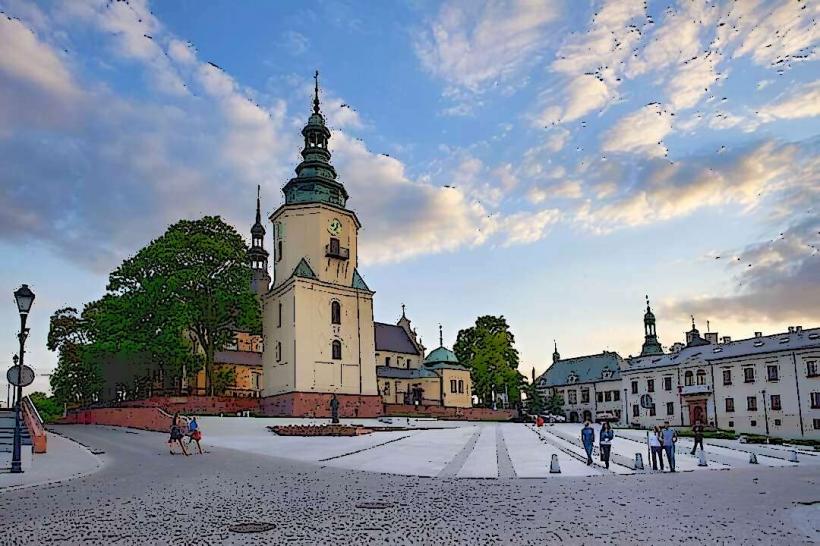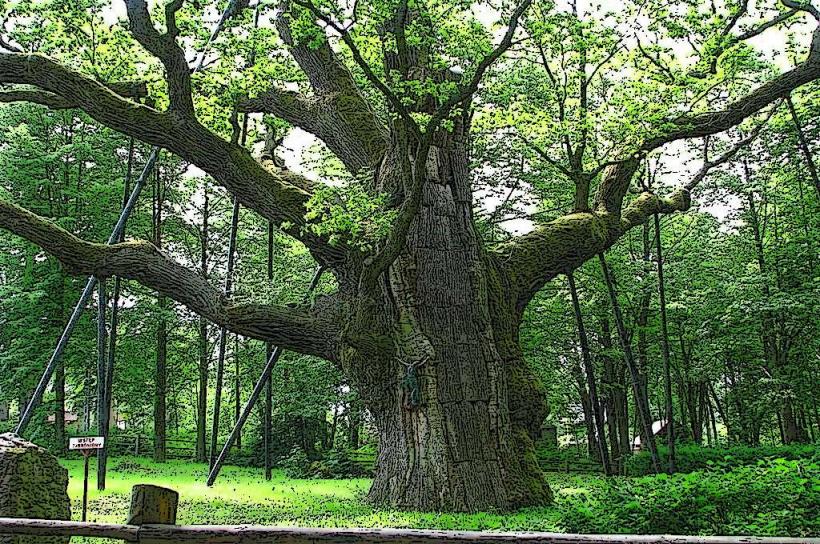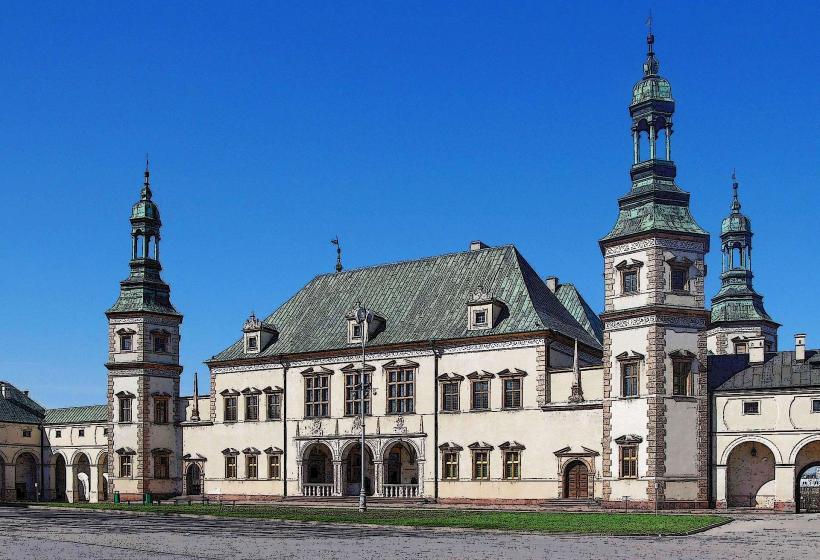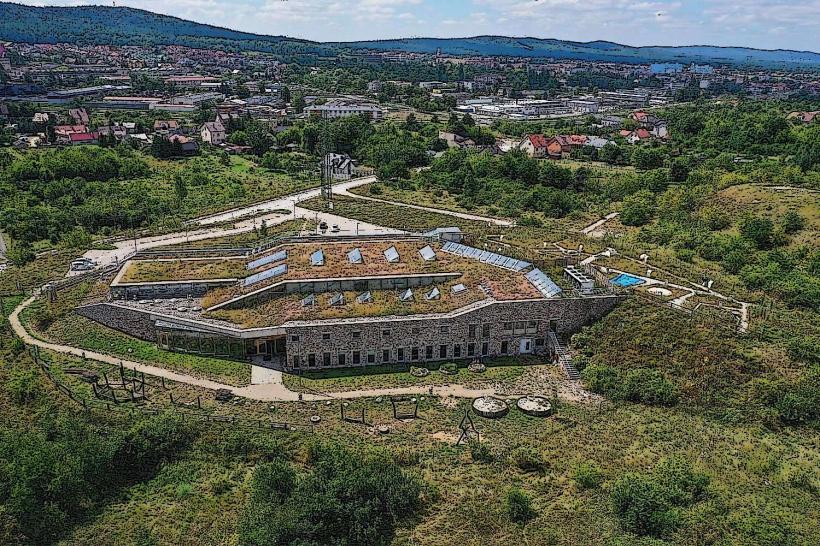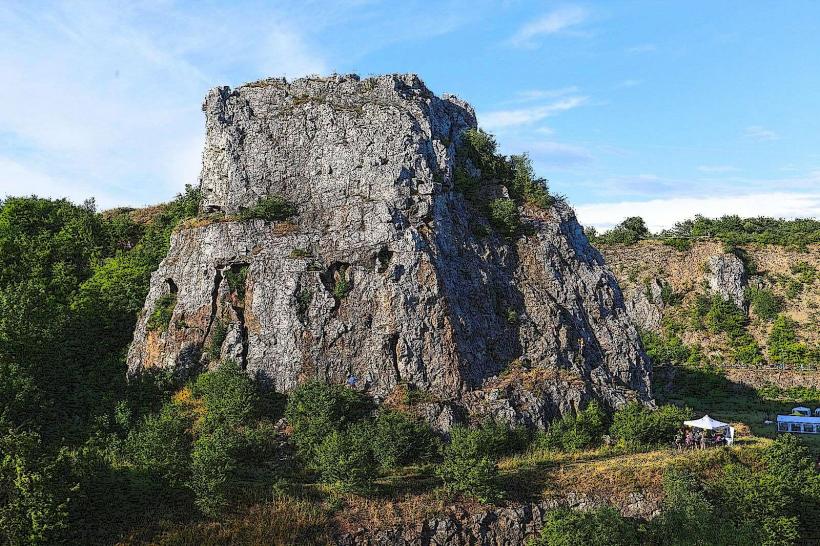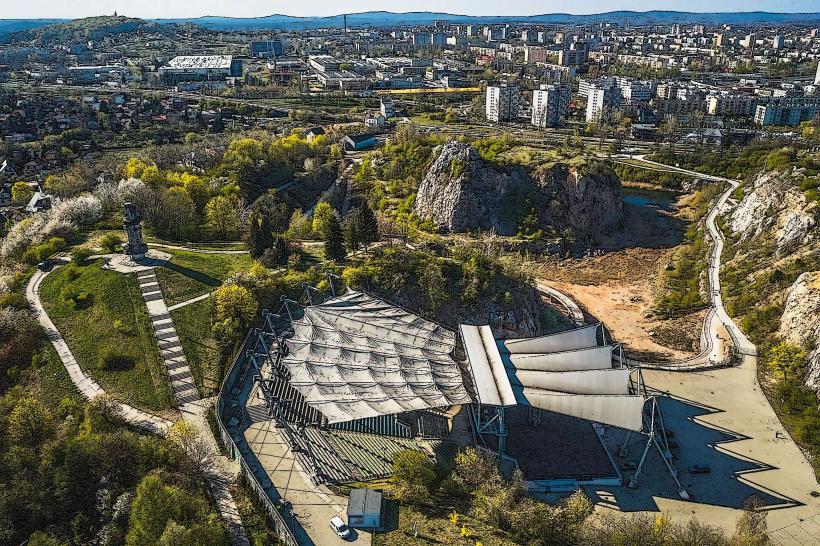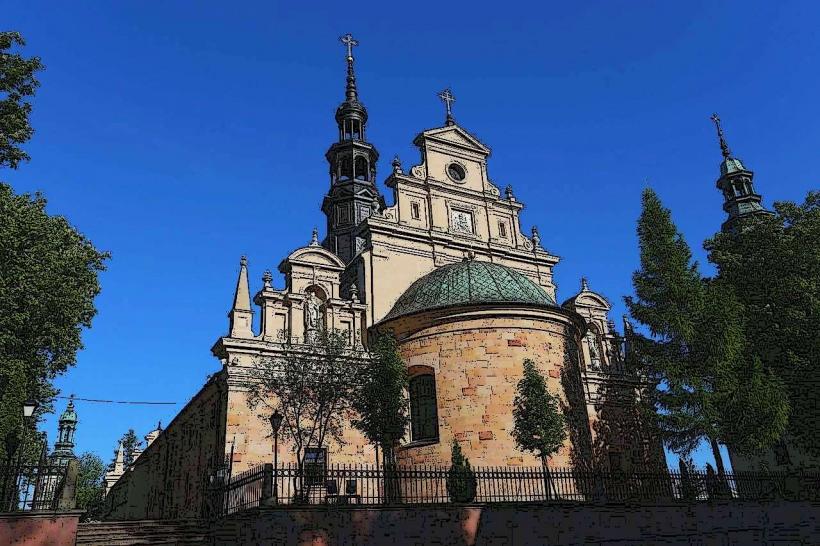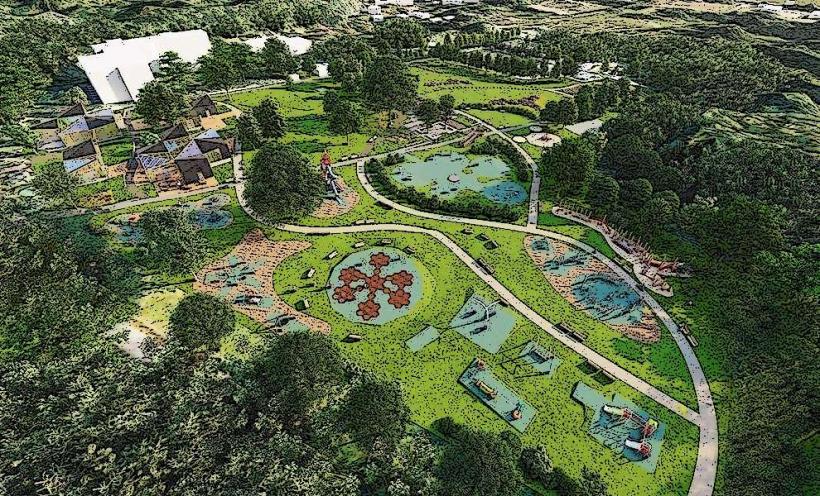Information
City: KielceCountry: Poland
Continent: Europe
Kielce is the capital of the Świętokrzyskie Voivodeship in central Poland. Located at the foot of the Świętokrzyskie Mountains (Holy Cross Mountains), Kielce is a city known for its historical significance, natural beauty, and cultural heritage. It serves as an important regional center in the heart of Poland, balancing rich history with modern growth.
History
Kielce’s history dates back to the Middle Ages, with the first mentions of the settlement appearing in 1136. It grew from a small village to a town due to its strategic location along trade routes and its proximity to mineral-rich areas, which made it an important center for mining and metallurgy.
During the 16th and 17th centuries, Kielce became more prominent as a royal city under the Polish-Lithuanian Commonwealth. The city was home to numerous noble families, including the Sukiennice (cloth merchants) and the Radziwiłł family, who helped to promote the city’s growth. The Kielce Castle and the Palace of the Bishops stand as remnants of this noble past.
In the 19th century, Kielce was integrated into the Russian Empire following the partitions of Poland, and later became part of independent Poland after World War I. The industrial era brought rapid development, especially in manufacturing and mining.
During World War II, Kielce suffered under German occupation. After the war, the city underwent significant reconstruction, growing into an industrial and cultural hub.
Geography and Layout
Kielce is situated in central Poland, surrounded by the Świętokrzyskie Mountains, which form part of the Świętokrzyski National Park. The city is built along the Silnica River, with the valley offering scenic views and recreational opportunities. The surrounding forests and mountains provide an ideal environment for hiking, cycling, and nature tourism.
The city center is a mix of historic and modern architecture, with the Old Town area preserving several key landmarks such as the Kielce Castle and St. Mary’s Cathedral. The newer parts of Kielce feature wide streets, residential neighborhoods, shopping centers, and business districts, with easy access to nature and green spaces.
Economy
Kielce has a diverse economy with strengths in manufacturing, trade, and services. Historically, the city was known for its mining and metallurgy industries, which are still part of its heritage today. However, modern Kielce has shifted toward more varied sectors.
Key industries in Kielce include:
- Manufacturing: The city is a center for the production of machinery, construction equipment, and automotive parts.
- Construction: Kielce is an important regional hub for construction and building materials.
- Trade and Commerce: The city has a vibrant trade scene, supported by its trade fairs and commercial infrastructure, including wholesale markets and shopping centers.
- Agriculture: The region around Kielce is known for agriculture, particularly fruit-growing and vegetable farming.
- Technology and IT: Over the years, Kielce has attracted investment in the IT and electronics sectors, with several tech companies and research centers emerging in the city.
The Targi Kielce exhibition and trade fair complex plays a significant role in the city’s economy, hosting national and international events in a variety of industries such as construction, agriculture, energy, and defense.
Education and Research
Kielce has a strong educational sector with several universities and research institutions. The city is home to the Jan Kochanowski University, which offers programs in the humanities, social sciences, and natural sciences. It also has a Technical University, which is known for engineering and technology programs.
In addition to universities, Kielce has numerous primary and secondary schools, making it a key educational center in the region. The presence of higher education institutions, combined with research centers, contributes to the development of the local economy, particularly in technology, engineering, and agriculture.
Culture
Kielce has a rich cultural heritage, with numerous museums, galleries, theaters, and concert halls. The city celebrates its history while fostering a vibrant cultural scene.
Key Cultural Institutions
- Kielce Castle: The Kielce Castle dates back to the 14th century and has been home to various Polish kings, bishops, and nobility. Today, it houses the National Museum and is a popular cultural landmark in the city.
- St. Mary’s Cathedral: The Cathedral of the Assumption of the Blessed Virgin Mary is one of Kielce’s most prominent religious buildings, showcasing the city’s rich architectural heritage.
- Theatre of Kielce: The Teatr im. Stefana Żeromskiego is one of the city’s most important theaters, offering a range of performances from classical to contemporary plays.
- Museum of Kielce: Located in the Kielce Castle, this museum showcases the region’s history, including its natural history, archeology, and art collections.
- Kielce Philharmonic: The Kielce Philharmonic is an important cultural institution, offering a variety of classical music concerts, choral performances, and other events throughout the year.
The city also hosts various festivals and events, including the Kielce Music Festival and the Kielce Film Festival, which draw both national and international audiences.
Public Transport and Infrastructure
Kielce is well-connected to the rest of Poland via a robust transport network, including road, rail, and bus systems. The city is located at the intersection of several major highways, making it easily accessible from Warsaw, Kraków, and other key cities.
- Kielce Railway Station offers connections to major cities in Poland, including Warsaw, Kraków, and Lublin.
- Public transport within the city is managed by a system of buses and trolleybuses, with extensive routes connecting neighborhoods and surrounding areas.
Kielce also boasts a well-developed road network, including access to the A1 and A4 highways, facilitating both local and international travel.
Green Spaces and Outdoor Activities
The city of Kielce is surrounded by natural beauty, offering numerous opportunities for outdoor activities, including hiking, cycling, and nature walks.
- Świętokrzyski National Park: The park is located just outside the city and is one of Poland’s oldest national parks, offering hiking trails, scenic views, and a rich variety of flora and fauna. The Łysica Mountain, the highest peak in the Świętokrzyskie Mountains, is a popular destination.
- Białogon Forest: A popular destination for walking and cycling, the Białogon Forest is located just to the north of the city and is ideal for nature lovers.
- Kielce City Parks: The city has several parks, including the City Park and the Zalew Kielecki Reservoir, which are perfect for picnics, sports, or simply enjoying the outdoors.
- Recreation areas: Kielce offers various recreational areas near its lakes, where people can enjoy water activities such as swimming, sailing, and fishing.
Modern Development and Urbanism
Kielce has undergone significant modernization in recent decades, with new residential, commercial, and industrial developments. The city has focused on improving its urban infrastructure, including green spaces, public transport, and pedestrian zones.
The downtown area is a mix of historic buildings and contemporary developments, with modern shopping malls, office spaces, and cultural venues. New projects, including the Targi Kielce exhibition complex and business centers, are enhancing the city’s profile as an emerging regional hub.
Challenges
Kielce faces challenges related to urbanization, including traffic congestion and the need for more affordable housing. However, the city is actively working to address these issues by improving public transport, promoting sustainable urban planning, and enhancing its green spaces.
Future Outlook
Kielce has a bright future, with continued economic growth, particularly in technology, education, and tourism. The city’s strategic location in central Poland, along with its expanding infrastructure and educational institutions, makes it an attractive place for investment and innovation.
With its blend of historical charm, natural beauty, and modern development, Kielce is poised to become a more prominent city in Poland in the coming years.

